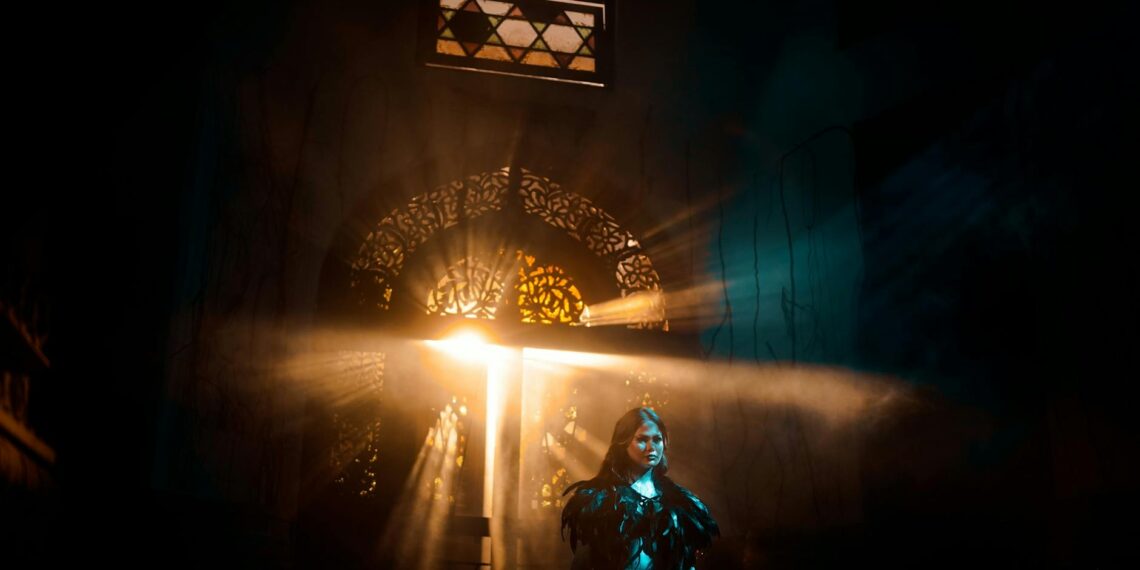To determine if a coin is uncirculated, meaning it has not been used in everyday transactions and shows no signs of wear, you should examine several key characteristics.
Here’s how to know if a coin is uncirculated:
Uncirculated coins retain a distinctive luster or shine from the minting process. When you tilt an uncirculated coin under a single light source, you’ll observe a rotating pattern of light and dark areas that appears to “dance” across the surface. This is known as the “cartwheel effect” and is a strong indicator of an uncirculated coin.
Uncirculated coins should show no signs of wear or rubbing on the high points of their design. These are the areas of the coin that would typically be the first to show wear if the coin were in circulation, such as the highest points of a portrait’s hair, [wings on a bird] , or design elements. Any evidence of wear on these high points indicates the coin has been circulated.
Uncirculated coins should have sharp, well-defined features and retain their original detail as struck at the mint. Even if an uncirculated coin has minor imperfections like contact marks (small dings or scratches from being jostled during production or transport), they should not be confused with the signs of wear that come from being in circulation.
Uncirculated coins are often sold in protective packaging or special collector’s sets directly from the mint or reputable dealers. In some cases, especially for collector’s sets, they may come with a certificate of authenticity (CoA) confirming their uncirculated status.
If you’re unsure whether a coin is uncirculated, especially if it’s potentially valuable, consider seeking the opinion of a professional coin grader or numismatist. They have the expertise to accurately assess a coin’s condition and determine its grade using a standardized system like the Sheldon Scale. Uncirculated coins are graded on a scale from MS-60 to MS-70, with MS-70 representing a perfect, flawless coin.









How to find out if your coin is uncirculated?
Uncirculated (Unc.) or Brilliant Uncirculated (BU) coins are those that show no signs of wear at all. These are generally assigned a higher grade known as Mint State (MS): Uncirculated (MS-60, 61, 62): Abrasions in the open fields of the coin. Marks or scuffs on the coin, particularly on the monarch’s portrait.
What determines an uncirculated coin?
Uncirculated coins are defined by their pristine condition, never having been used in everyday transactions, which means they showcase no signs of wear. These coins have never touched human hands, preserving their original state as they left the mint in mint condition.
How to tell if a quarter is circulated or uncirculated?
Circulated coins will have scratches and wear from handling, while uncirculated coins will be free of these marks. Look at the coin’s edge. Circulated coins often have nicks or gouges, while uncirculated coins have smooth edges. Look at the coin’s luster.